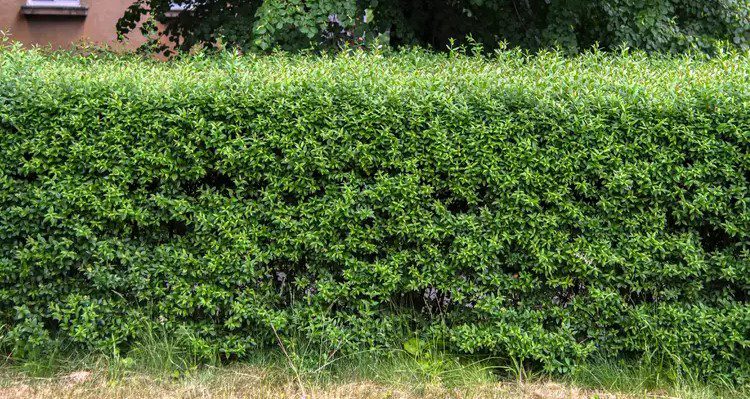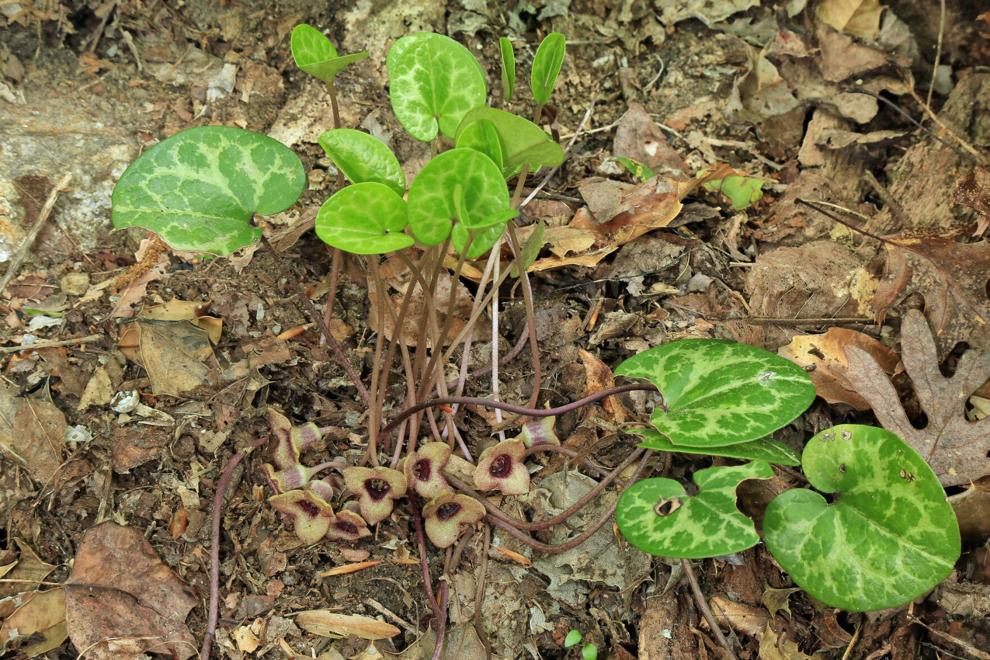When non-native plants invade and hog the hedge, disrupt the food web, and contribute to bird extinction!
by Jo Ann McCracken-Redding
See for yourself where “hedgehogging” is disrupting the ecosystem. It’s wherever hedges are invaded by or planted with non-natives such as the widespread Autumn olive (Elaeagnus umbellata) or Chinese privet (Ligustrum sinense Lour.).
Count the Caterpillars to Measure the Disruption by Non-Native Plants
University of Delaware professor and entomologist Dr. Doug Tallamy and his student wanted to quantify the disruption of ecosystems in hedgerows where they believed the proliferation of non-native plants was –
- reducing the caterpillar population,
- which in turn was leading to fewer butterflies and moths, and
- threatening bird populations (especially songbirds) that depend on a soft, high-protein diet of caterpillars to raise their young.
How “Hedgehogging” Impacts Bird Survival
Dr. Doug Tallamy’s research measured how much caterpillar food was available to birds in a hedgerow invaded by non-native plants versus a hedgerow of multi-species native plants. Caterpillars provide a soft, protein-rich meal that birds depend on to feed their young.
TAKE THE QUIZ: Guess What They Found?
The caterpillar food supply in non-native hedgerows was what percent LESS than the supply in the native hedgerows?
A. 56%
B. 76%
C. 96%
Read on to find the answer.

Photo Credit: Jo Ann McCracken-Redding
What the Research Revealed
Tallamy and his student analyzed caterpillar populations in sample hedgerows across several states. They counted the abundance of caterpillars, number of caterpillar species, and amount of caterpillar biomass energy, which is consumed as bird food.
Compared to caterpillar counts in the native hedgerows, the counts in hedgerows invaded by non-native plants were greatly reduced:
- Caterpillar abundance was reduced by 68%,
- the number of caterpillar species was reduced by 91%, and
- the caterpillar biomass was reduced by 96%! (Quiz answer: did you get it right?)
A 96% reduction indicates that birds could find only 4% of the caterpillar food in the invaded hedgerow than they could find in the hedgerows of multi-species native plants!
How Statistics Reveal Catastrophe in the Making
In his book, Nature’s Best Hope: A New Approach to Conservation that Starts in Your Yard, Tallamy gives many examples of why food web disruption by non-native invaders can be catastrophic, including the following facts about how birds depend on caterpillars for the survival of their species:
- “Caterpillars are the mainstay of most bird diets in North America, particularly when birds are rearing their young.”
- Records from a Carolina Chickadee count conducted by Richard Brewer (cited by Tallamy in Nature’s Best Hope) showed that chickadee parents were delivering 6000 to 9000 caterpillars to their nest of chicks during the average 16-day fledgling period! Imagine these tiny avian parents feeding approximately 500 caterpillars to their chicks each day! This includes foraging for caterpillars, transporting them to the nest, and feeding them to the babies.
What if their caterpillar supply (as shown in Tallamy’s caterpillar count) dwindled to as much as 4% of what might have been available to them before non-native plants were introduced to their neighborhood?
Where will the chickadees find the concentrated nutrients they need? How much farther can they search once they encounter a caterpillar scarcity? Will their new chicks starve or grow too unhealthy to survive?
This scenario may be happening in remote fields, or it may be in your yard or neighborhood!
Now you know the truth about caterpillars and birds in the food web. What can you do?
Make sure your hedgerows or green fences are planted with a variety of native species in them. You also need to choose natives that are good caterpillar hosts in your region.
Be aware that according to Tallamy, “14% of native plant species are larval hosts for 90% of caterpillar species.” That means that caterpillars are picky eaters and prefer only certain native plants.
Resources for finding out which native plants are on the caterpillar menu in your neighborhood:
- National Wildlife Federation – This U.S. Forest Service search tool ranks native plants by ecoregion and by which ones are best for hosting caterpillars.
- Audubon has a similar database that allows you to enter your zip code to customize your search by locale.
- For hedge planting ideas, browse books and articles such as “Native Hedges and Hedgerows: Beauty and Biodiversity”, posted on the Ecological Landscape Alliance (ELA). Remember to check which of the recommended native plants are caterpillar hosts where you live.
- Hear Doug Tallamy’s presentation of the hedgerow caterpillar research, one of the compelling biodiversity stories included in “What’s the Rush: The Solution To the Biodiversity Crisis” , – posted on the website of Home Grown National Park, an organization Dr. Doug Tallamy co-founded.
Become an Investigator
Of course, this interdependency between native plants, caterpillars and birds is just one of countless critical relationships among plants and animals, including us. However, recognizing non-native hedges is a visible reminder to help preserve our precious ecosystems. You’ll probably start walking, cycling, or driving around inspecting: Is that a friendly hedgerow or an ecosystem-disrupting hedge hog?*
*References to hedge hogs mean no offense to unrelated peaceful hedgehogs. These animals are not native to North America, are named for burrowing in hedgerows, do not host caterpillars but sometimes eat them.




